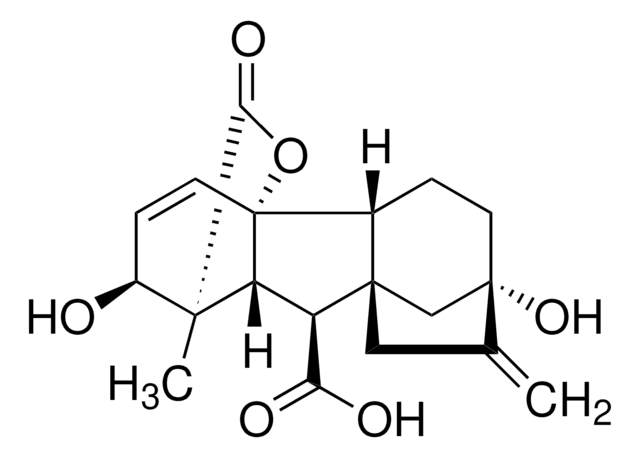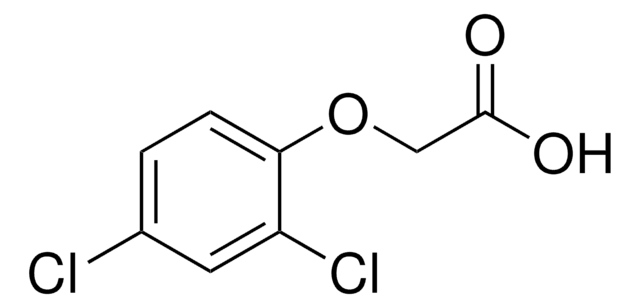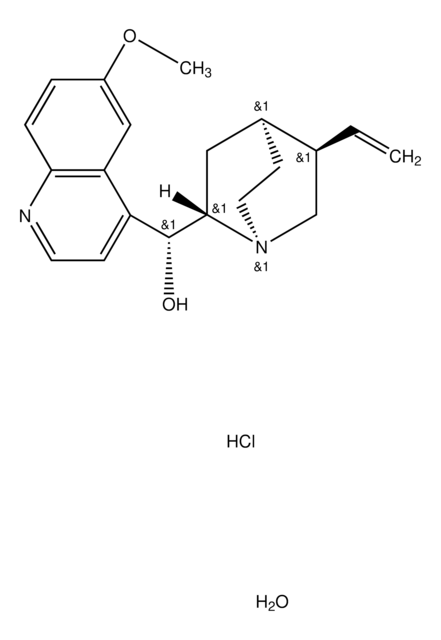86139
Docusate sodium salt
BioUltra, ≥99.0% (TLC)
Synonym(s):
AOT, Bis(2-ethylhexyl) sulfosuccinate sodium salt, Sodium bis(2-ethylhexyl) sulfosuccinate, Sulfobutanedioic acid bis(2-ethylhexyl ester) sodium salt, Sulfosuccinic acid bis(2-ethylhexyl) ester sodium salt, ‘Dioctyl’ sulfosuccinate sodium salt
About This Item
Recommended Products
description
anionic
Quality Level
product line
BioUltra
Assay
≥99.0% (TLC)
form
sheet
mol wt
444.56 g/mol
impurities
insoluble matter, passes filter test
loss
≤1% loss on drying, 110 °C (HV)
solubility
methanol: 0.1 M at 20 °C, clear, colorless
anion traces
chloride (Cl-): ≤100 mg/kg
cation traces
Al: ≤5 mg/kg
As: ≤0.1 mg/kg
Ba: ≤5 mg/kg
Bi: ≤5 mg/kg
Ca: ≤10 mg/kg
Cd: ≤5 mg/kg
Co: ≤5 mg/kg
Cr: ≤5 mg/kg
Cu: ≤5 mg/kg
Fe: ≤5 mg/kg
K: ≤100 mg/kg
Li: ≤5 mg/kg
Mg: ≤5 mg/kg
Mn: ≤5 mg/kg
Mo: ≤5 mg/kg
Ni: ≤5 mg/kg
Pb: ≤5 mg/kg
Sr: ≤5 mg/kg
Zn: ≤5 mg/kg
λ
0.1 M in methanol
UV absorption
λ: 260 nm Amax: 0.1
λ: 280 nm Amax: 0.05
SMILES string
[Na+].CCCCC(CC)COC(=O)CC(C(=O)OCC(CC)CCCC)S([O-])(=O)=O
InChI
1S/C20H38O7S.Na/c1-5-9-11-16(7-3)14-26-19(21)13-18(28(23,24)25)20(22)27-15-17(8-4)12-10-6-2;/h16-18H,5-15H2,1-4H3,(H,23,24,25);/q;+1/p-1
InChI key
APSBXTVYXVQYAB-UHFFFAOYSA-M
Looking for similar products? Visit Product Comparison Guide
Application
Signal Word
Danger
Hazard Statements
Precautionary Statements
Hazard Classifications
Eye Dam. 1 - Skin Irrit. 2
Storage Class Code
11 - Combustible Solids
WGK
WGK 2
Personal Protective Equipment
Choose from one of the most recent versions:
Already Own This Product?
Find documentation for the products that you have recently purchased in the Document Library.
Our team of scientists has experience in all areas of research including Life Science, Material Science, Chemical Synthesis, Chromatography, Analytical and many others.
Contact Technical Service




